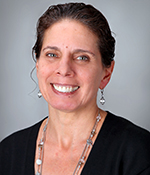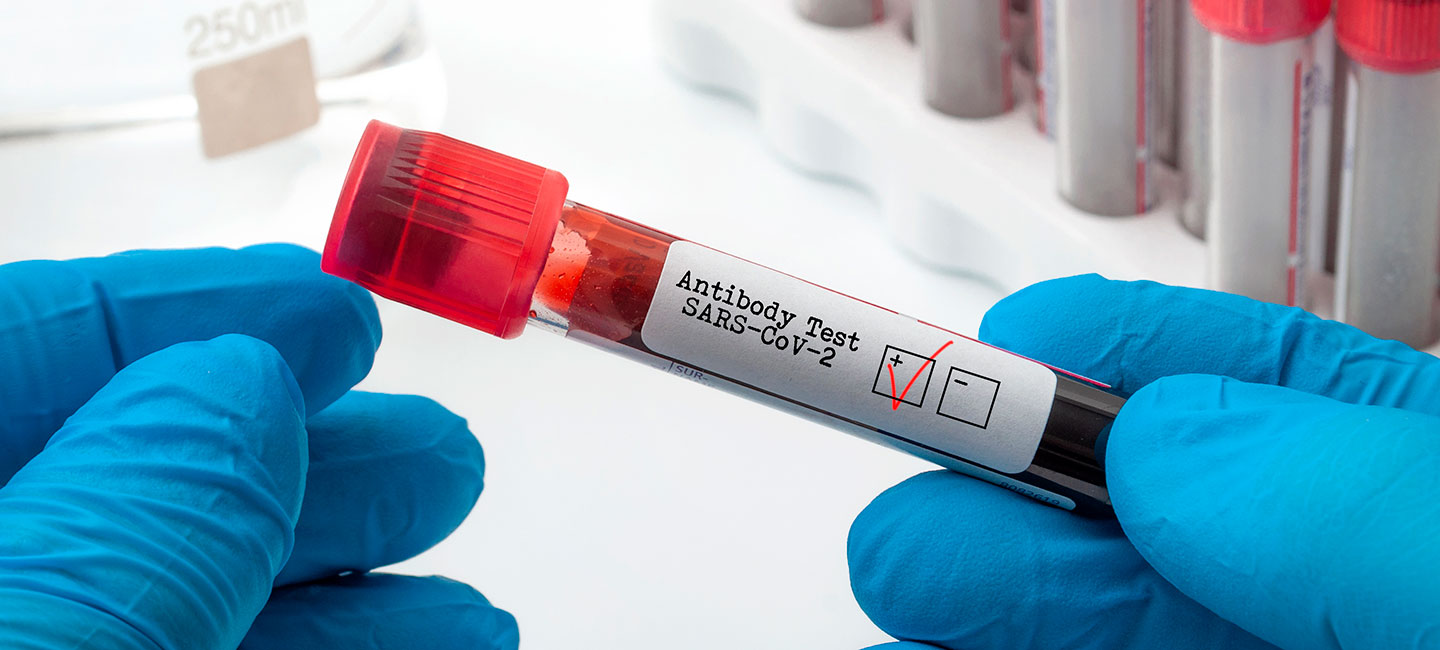Understanding Community Risk of COVID-19
To better assess the pandemic’s potential impact on cancer patients, Moffitt Cancer Center researchers first needed to know what was happening in the community. They opened a surveillance study in the fall of 2020, before vaccines were available, and results show double the number of confirmed COVID-19 infections reported by state health agencies.
Public health data capture the number of people who test positive for COVID, rates of hospitalization and deaths, but do they accurately reflect the actual extent of the pandemic? Missing are the people who were symptomatic and those with mild or no symptoms who were never tested. Testing availability and eligibility requirements kept changing early on in the pandemic.

Dr. Anna Giuliano, Founding Director, Center for Immunization and Infection Research In Cancer
Dr. Anna Giuliano, the founding director of the Center for Immunization and Infection Research in Cancer at Moffitt, quickly mobilized resources to better estimate the percentage of Hillsborough County residents who had COVID infection and better understand demographics and behavioral factors associated with infection.
Antibody testing is a reliable way to show previous COVID infection regardless of whether symptoms were experienced. From October 2020-March 2021, the research team contacted 50,000 Hillsborough County residents at random by letter, postcard or email to see if they would be willing to answer a questionnaire and visit Moffitt to contribute a blood sample for the study. Nearly 900 agreed.
As of June 1, 2021, Florida had the third highest number of confirmed COVID cases in the United States: 2,283,315 (10.6% of residents). As of June 1, 2021, Hillsborough County had 142,013 positive tests out of approximately 1.47 million residents, or 9.7% of the population.
But Moffitt’s study showed infection was more widespread. Among 867 Hillsborough County residents who had not received a COVID vaccine, 19.5% tested antibody positive. This is twice the confirmed COVID infections reported by the Florida Department of Health for that same period. Testing was not readily available early in the pandemic, and when it was, not everyone experiencing symptoms got tested. Many who were infected were not counted in public health databases.
“A key finding of this study is that nearly 100% of persons who had confirmed or suspected infection were antibody-positive and remained antibody-positive even if the infection occurred more than six months before antibody testing,” said Giuliano. “A question that remains unanswered by our analysis and other studies is the duration of the antibody response among those who experienced infection with COVID-19.”
Other key findings include:
- Wearing a mask was not associated with antibody status. Nearly 100% of respondents reported mask usage, but the study didn’t include detailed information about consistencey, type of mask and situations in which mask wearing occurred.
- Social distancing behaviors consistently emerged as a factor associated with risk for infection, with 11% of participants reporting that they never, rarely or almost never practiced social distancing. This included not avoiding crowds and interacting with a known or suspected virus-positive family member, co-worker or friend.
- The percentage of those who tested antibody positive increased with increasing hours per week exposed to an infected person.
- People with autoimmune diseases or on immunosuppressant medication had lower rates of antibody positivity, roughly half that of the overall study population. This is likely because of extra precautions taken to avoid infection as opposed to a reflection of actual susceptibility to illness.
- The odds of a positive antibody test was highest among those with a family member as a known virus-positive contact. In shared family spaces where social distancing may not be possible, risk for household transmission is high. Asymptomatic transmission before the onset of symptoms in a household is also highly probable.
- Essential workers, including those in grocery stores, had higher odds of antibody positivity.
- About 8% of antibody-positive people never had COVID-19 symptoms.
The full results were published in a new article in the March issue of Emerging Infectious Diseases, a journal of the Centers for Disease Control and Prevention.
This work helped to inform ongoing research on whether cancer patients benefit from COVID-19 vaccination.
READ MORE: Cancer Patients Benefit from COVID-19 Vaccination



